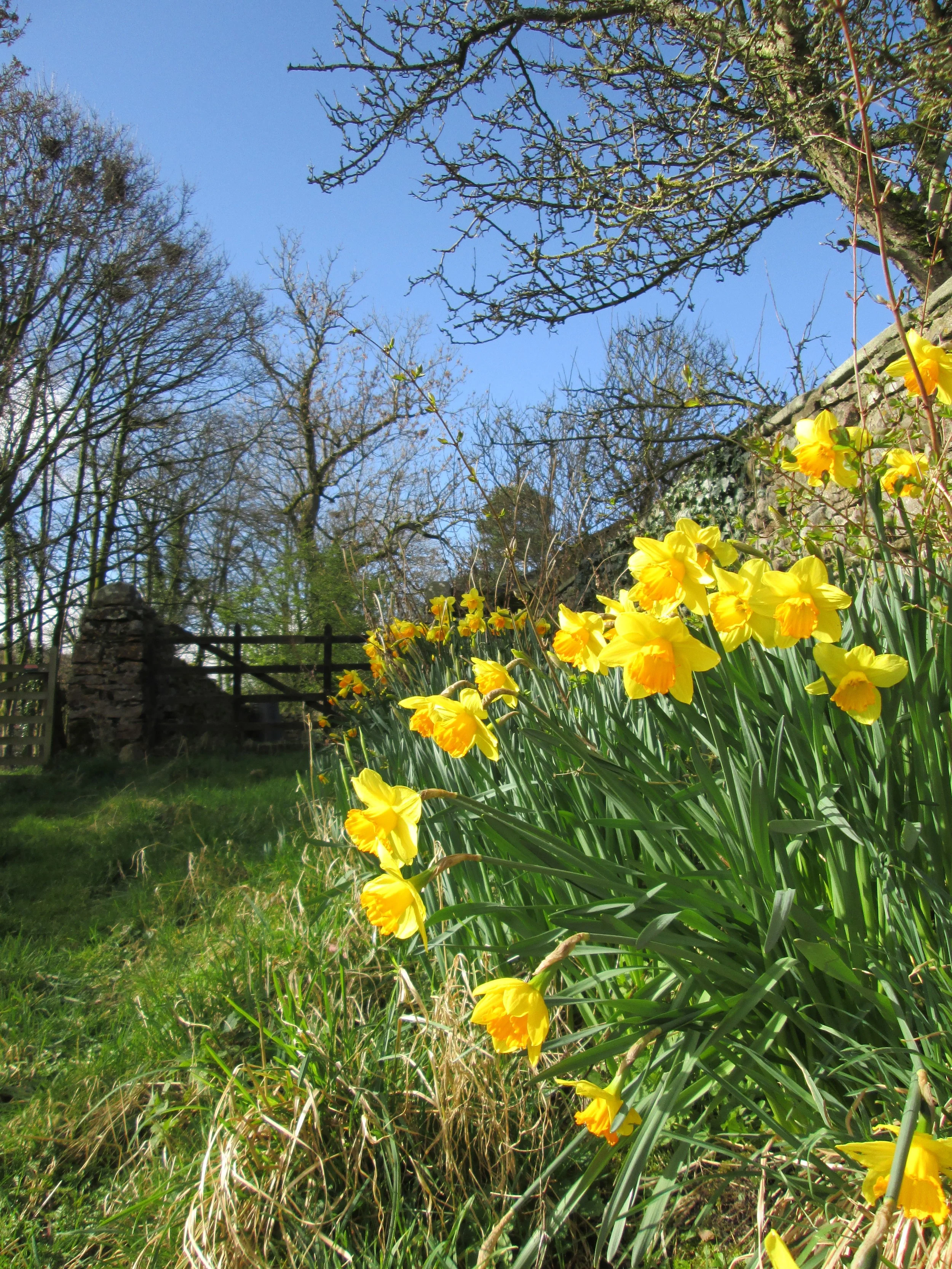When we first moved into Whalley range, I was absolutely delighted to receive a house-warming gift of a bird nesting box. But it then sat on a shelf for almost four years, whilst I dithered over where to put it up.
If I put the nesting box up on the only tree in our garden, it would be too far away from the house for me to enjoy seeing its residents coming and going. On the other hand, the only other location in the running might possibly be too close to the house. What a dilemma.
Finally, a fortnight ago, I decided it really was high time to get the bird box up in the latter location; there is obviously more chance of birds nesting in it there, than in a cupboard in the cellar. If you’re thinking of putting up a nesting box yourself, here are a few considerations:
What types of birds might nest in my nesting box?
This depends on the entrance size; 25mm in diameter for blue tits and 28mm for great tits. My nesting box has a hole of 32mm in diameter so could potentially accommodate nuthatches or house sparrows. Starlings would need an entry hole of 45mm.
When should I put it up?
Now is a good time to put up your bird box; birds check for nesting spots during the winter, prior to nesting in February / March.
And where should it go?
Boxes for tits should be mounted between two to four metres high, up a tree or wall – and on their own.
Starlings and house sparrows will use boxes placed high up under eaves, and don’t mind if there are a few close to each other.
In all cases, the box entry must face between north and east, in order to avoid strong sunlight and the wettest winds.
How should I affix my nesting box?
If you are mounting a box on a tree, it’s better to run a wire inside some hose around the tree trunk, and fix the box to that. Like you, trees are not that keen on having nails driven into them. Check the wire every couple of years and let it out, as the tree’s girth expands.
Anything else?
Make sure the birds have unimpeded entry and exit to the box, by pruning and clearing away any branches.
Finally, when it comes to late summer and you are sure all of the birds have flown, take down the box and clean it out, to make sure it is tidy and disease-free for the next occupants.
























![20181005_115237[1].jpg](https://images.squarespace-cdn.com/content/v1/5babb3034d546e703523a0bf/1542057215138-M1IYW6K57G42TDUR8KNF/20181005_115237%5B1%5D.jpg)
![20181005_115008[1].jpg](https://images.squarespace-cdn.com/content/v1/5babb3034d546e703523a0bf/1542056798363-AOFA03FUPTB5CYLM1HF9/20181005_115008%5B1%5D.jpg)
![20181011_140507[1].jpg](https://images.squarespace-cdn.com/content/v1/5babb3034d546e703523a0bf/1542057727642-2WER4WLGOK3MIU8V7YYO/20181011_140507%5B1%5D.jpg)

